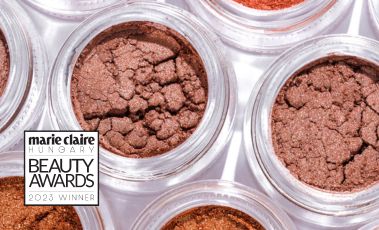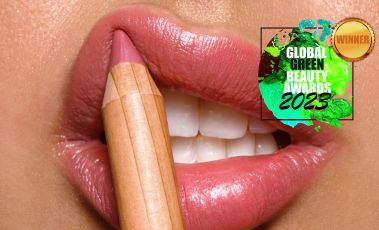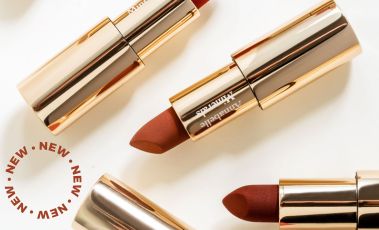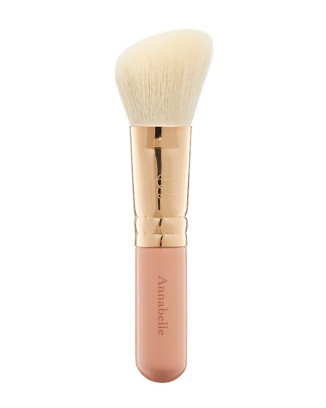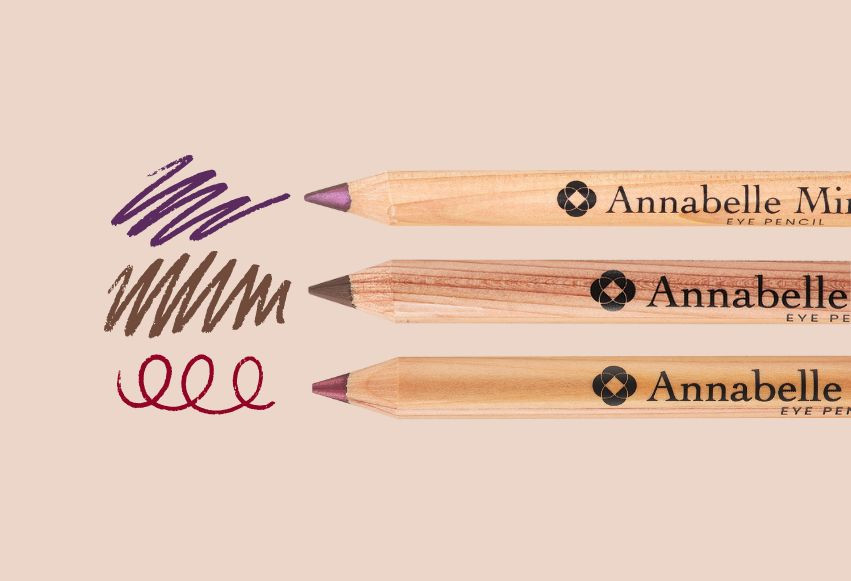Understanding the Basics of Contouring and Bronzing
Understanding the basics of contouring and bronzing is essential for anyone looking to elevate their makeup game. At its core, contouring makeup is all about creating shadows and highlights on the face, allowing you to shape and define your features. The primary goal is to enhance your natural beauty by using darker shades to create depth in areas like the cheekbones, jawline, and nose.
On the other hand, bronzing techniques are designed to give your skin a sun-kissed glow. Unlike contouring, which focuses on shaping, bronzing adds warmth and radiance. It's important to recognise the difference between contouring and bronzing; while contouring sculpts your face, bronzing brings life and vitality.
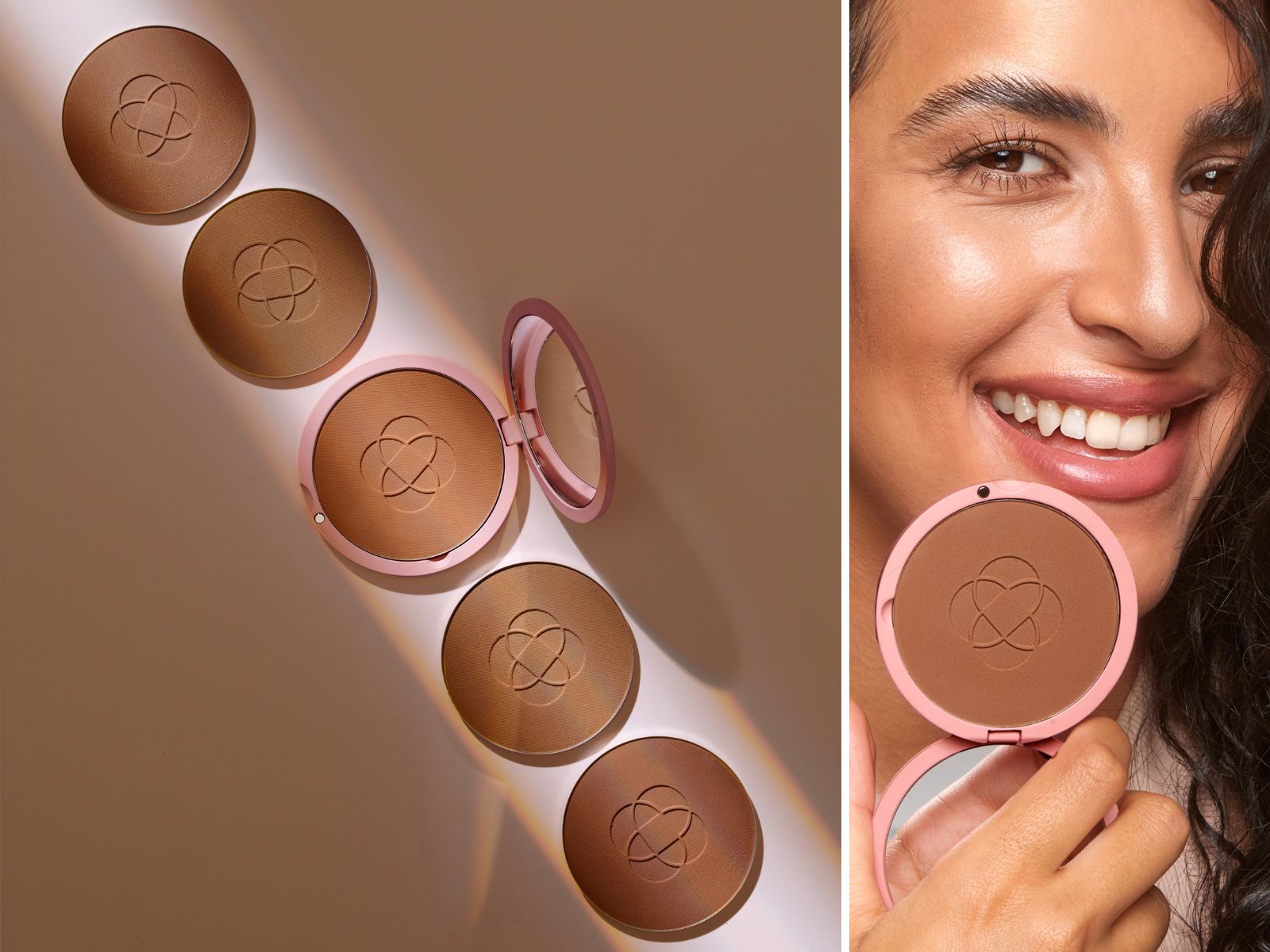
To master these makeup basics, start with a matte contour product that’s slightly darker than your skin tone for effective face shaping. Apply it strategically along the sides of your nose, under your cheekbones, and along your jawline. Then follow up with a warm-toned bronzer across the high points of your face – think forehead, cheeks, and chin – to achieve that coveted glow. With practice and understanding of these techniques, you’ll be able to create stunning looks that highlight your unique features beautifully.
The Purpose of Contouring: Sculpting Your Features
Contouring has become a staple in the beauty routines of many, but what is its true purpose? At its core, contouring is about enhancing your facial structure and sculpting your features to create a more defined appearance. The contour definition lies in using makeup products strategically to shadow and highlight different areas of the face, effectively transforming how we perceive our natural contours.
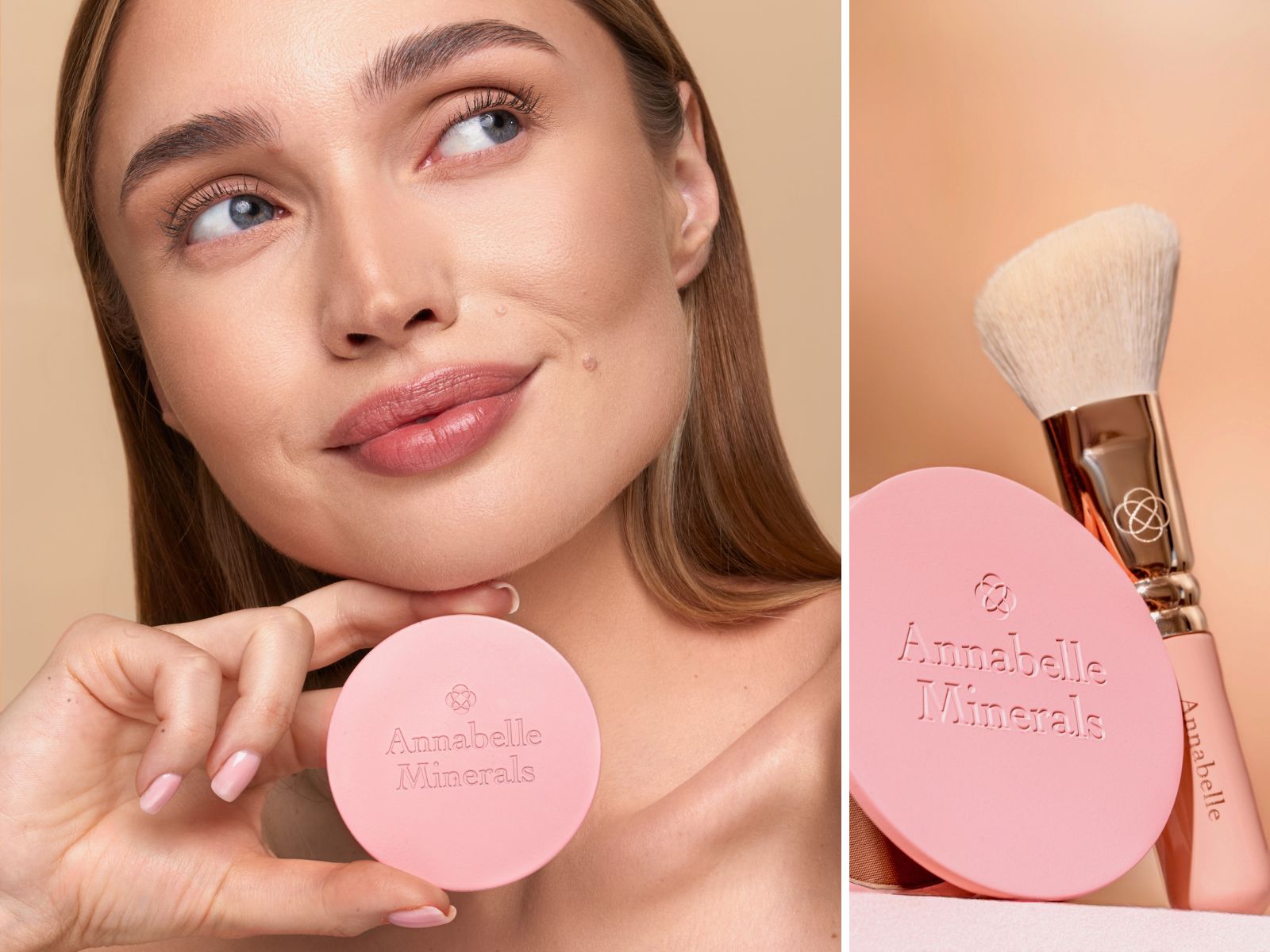
To achieve this sculpting technique effectively, it’s essential to choose the right contouring products. Annabelle Minerals bronzers in shades like Café Au Lait, Cold Brew, Mocha, and Latte offer versatile options for various skin tones. These bronzers not only provide depth but also blend seamlessly into the skin for a natural finish.
When learning how to contour effectively, start by identifying your face shape and selecting complementary shades that enhance rather than overwhelm. Apply darker shades where you want to create shadows—such as under the cheekbones or along the jawline—and lighter shades on areas you wish to highlight like the tops of your cheekbones or browbones. With practice and patience, you can master this art form and elevate your makeup game significantly.
The Role of Bronzer: Adding Warmth and Glow
Bronzer is an essential tool in any makeup enthusiast's arsenal, offering a multitude of benefits that go beyond mere aesthetics. One of the primary bronzer benefits is its ability to warm up the skin tone, creating a sun-kissed glow that enhances your natural beauty. For those seeking a natural finish, Annabelle Minerals bronzer in Ginger Coffee is a standout choice, providing a warm hue that flatters the skin.
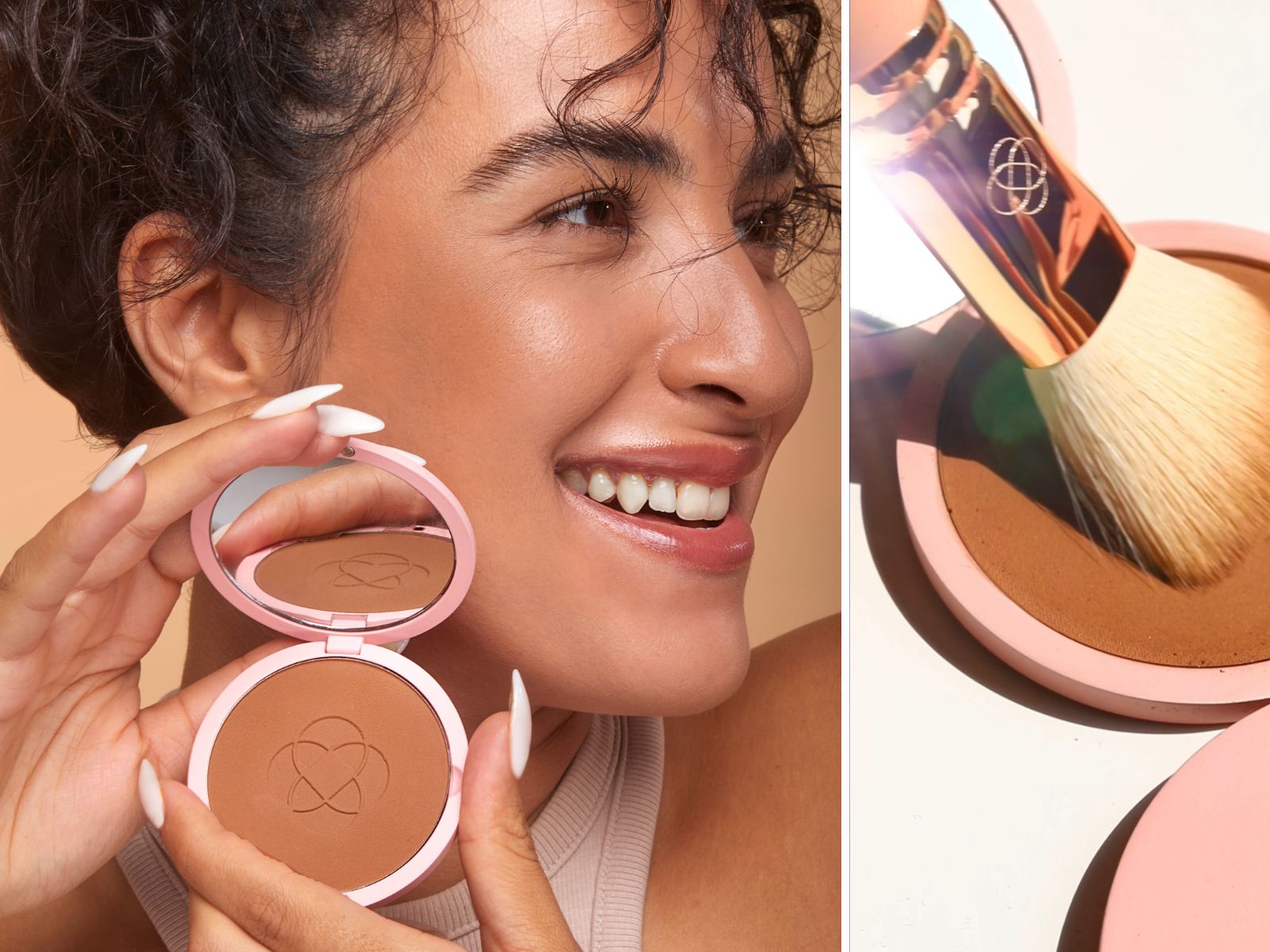
Applying bronzer correctly can elevate your makeup game significantly. Start by choosing the right brush—ideally, a fluffy angled brush for an even application. Begin at the temples and sweep towards the apples of your cheeks, blending as you go to avoid harsh lines. A touch on the chin and forehead can further add dimension and warmth to your face.
Tips and Tricks for Flawless Application of Both Techniques
Achieving a flawless application of contour and bronzer can elevate your makeup game, enhancing your natural features and providing that sought-after sculpted look. Here are some essential makeup application tips to ensure you master the art of contouring and bronzing.
Firstly, understanding the importance of blending techniques cannot be overstated. Use a soft brush to seamlessly blend your products into the skin. This will create a more natural finish, allowing for subtle shadows and highlights that mimic the way light naturally falls on your face.
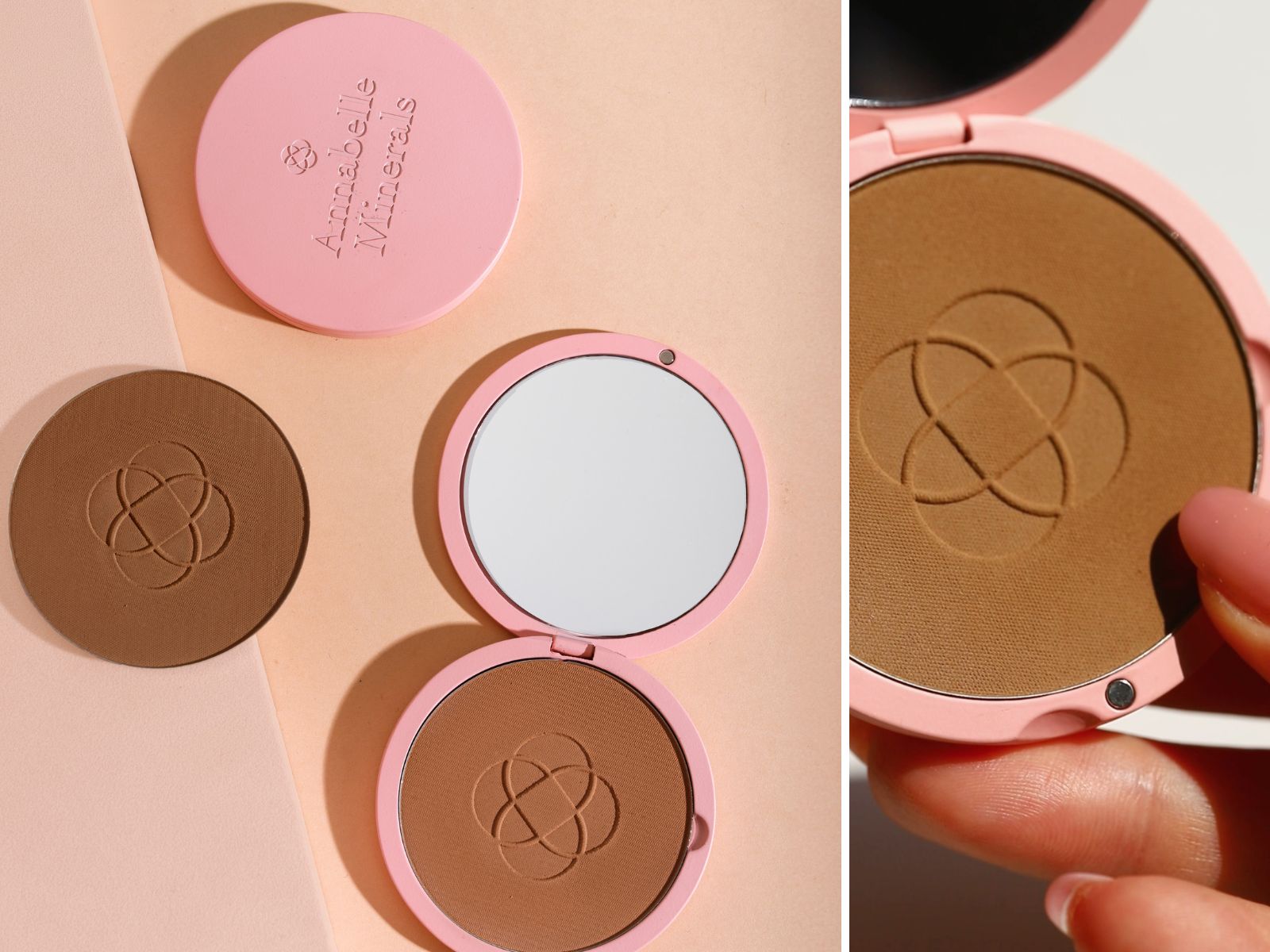
Another crucial aspect is knowing where to apply these products. Contour should typically be placed in the hollows of your cheeks, along the jawline, and on either side of your nose for definition. Conversely, bronzer should be applied on areas where the sun would naturally hit—think cheekbones, forehead, and nose bridge—to provide warmth.
It’s equally important to recognise common mistakes to avoid in contouring and bronzing. Over-applying product can lead to harsh lines that detract from a polished look. Start with less product; you can always build it up if needed. Additionally, choosing shades that are too dark or too cool can make it challenging to achieve that natural glow—opt for warmer tones that complement your skin tone instead.
Lastly, remember that makeup is all about enhancing your unique features rather than masking them. Embrace what makes you beautiful by using contouring and bronzing as tools for accentuating rather than altering your appearance. With these tips in hand, you'll be well on your way to mastering flawless contouring and bronzing!




